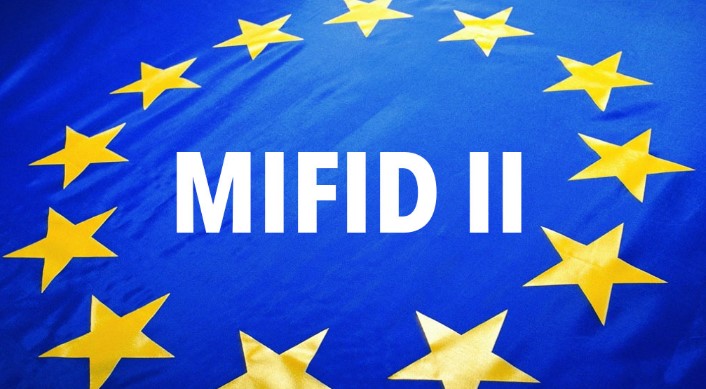Blog

What You Need To Know In Order To Comply With MiFID II Regulations
If you haven’t already heard of MiFID II, you certainly should have! Whilst hundreds, if not thousands, of banking institutions are finding it difficult to keep up with the ever-changing finance sector thanks to the likes of RegTech start-ups, NEX is a great place for the organisations struggling to optimise their resources in accordance to the whirlwind of changes being made within the sector. With the MiFID II deadline less than a few weeks away, here is what financial institutions need to know in order to comply with MiFID II regulations.
Who It Affects
First of all, in order to comply with MiFID II regulations, firms and institutions must be able to identify who will be affected by the implementation of MiFID II regulations early next year. Ultimately, the new regulations will impact brokers, dealers, trading venues, hedge fund managers, asset managers and global corporations in the financial services market alike, and even though MiFID II is an EU regulation, it is essential to keep in mind that it will impact both transactions and businesses across the globe.
The Key Differences Between MiFID and MiFID II
In order to successfully comply with MiFID II regulations, businesses must be able to identify the key differences between MiFID and MiFID II. By understanding these different requirements, businesses can prepare for MiFID II. Some key differences include client reporting, best execution, product governance, collection of costs and charges and marketing material for clients. Whilst it wasn’t compulsory for businesses to inform their clients when the value of their portfolio dropped under the MiFID regulation in previous years, all clients must now be informed if their portfolio drops by 10% or more.
What Is Changing Under MiFID II
As well as knowing the key differences between MiFID and MiFID II, businesses must be able to recognise what has changed under MiFID II in order to comply with the new regulation. It is essential that all businesses are aware of the additional financial instruments brought into the extended scope of MiFID II, such as structured deposits and Packaged Retail Investment Products (PRIPs). Under MiFID II, financial institutions must provide the best execution for clients on the basis of total consideration, meaning that all firms must take sufficient steps to obtain the best results.
Transaction Reporting
Compared to MiFID, MiFID II significantly increases the scope of firms’ reporting requirements. Firms will now have to report on a large majority, if not all, instruments traded on regulated markets, as well as Organised Trading Facilities (OTF) and Multilateral Trading Facilities (MTFs). Alongside each instrument traded on these markets, there needs to be more detailed transaction information in order to comply with MiFID II regulations.
There are several factors businesses need to consider in order to comply with the MiFID II regulations. From understanding what is changing under MiFID II to more detailed transaction reporting, institutions must be able to recognise the key differences between MiFID and MiFID II in order to understand what will change after the regulation has been implemented in January 2018.



Comments